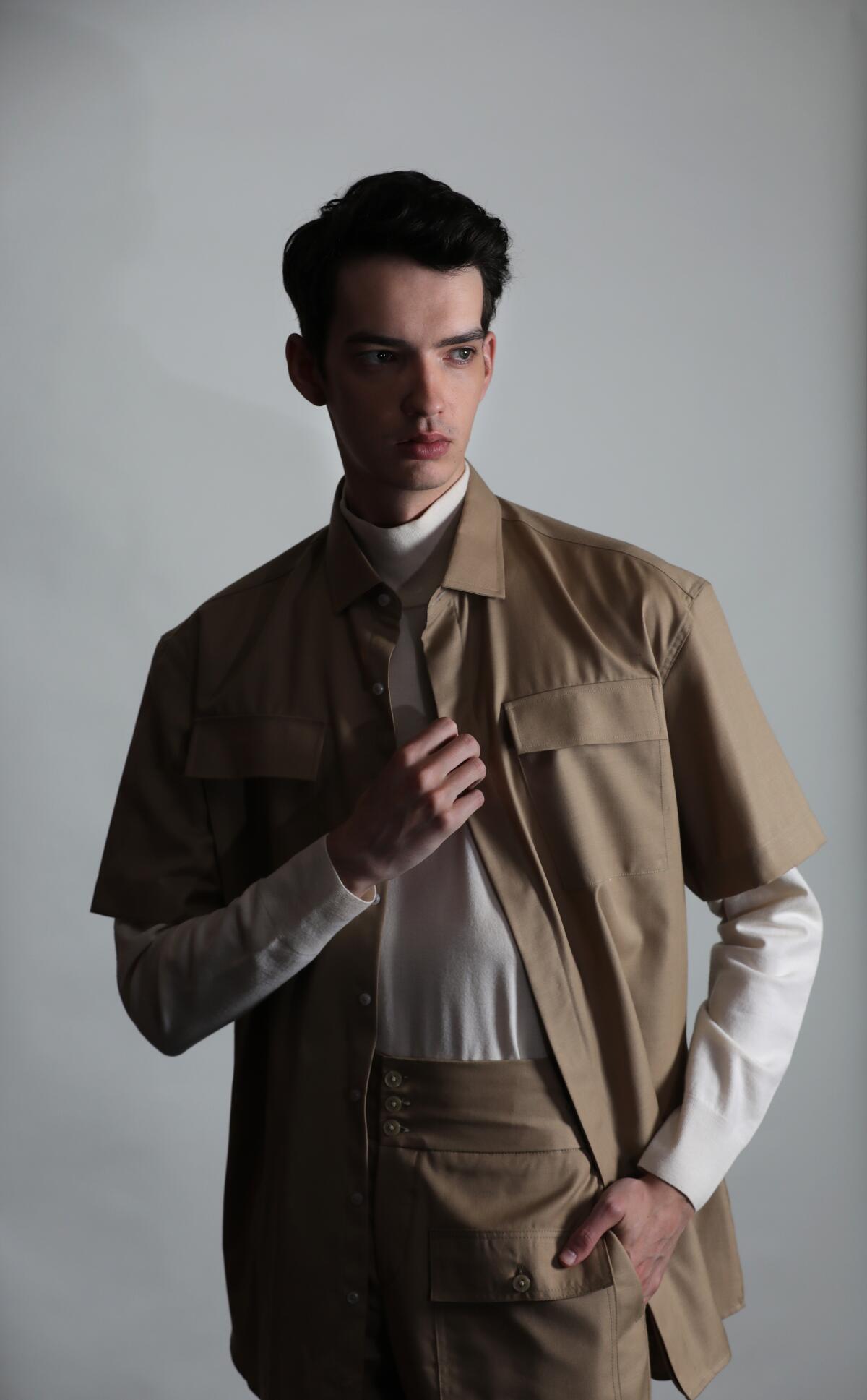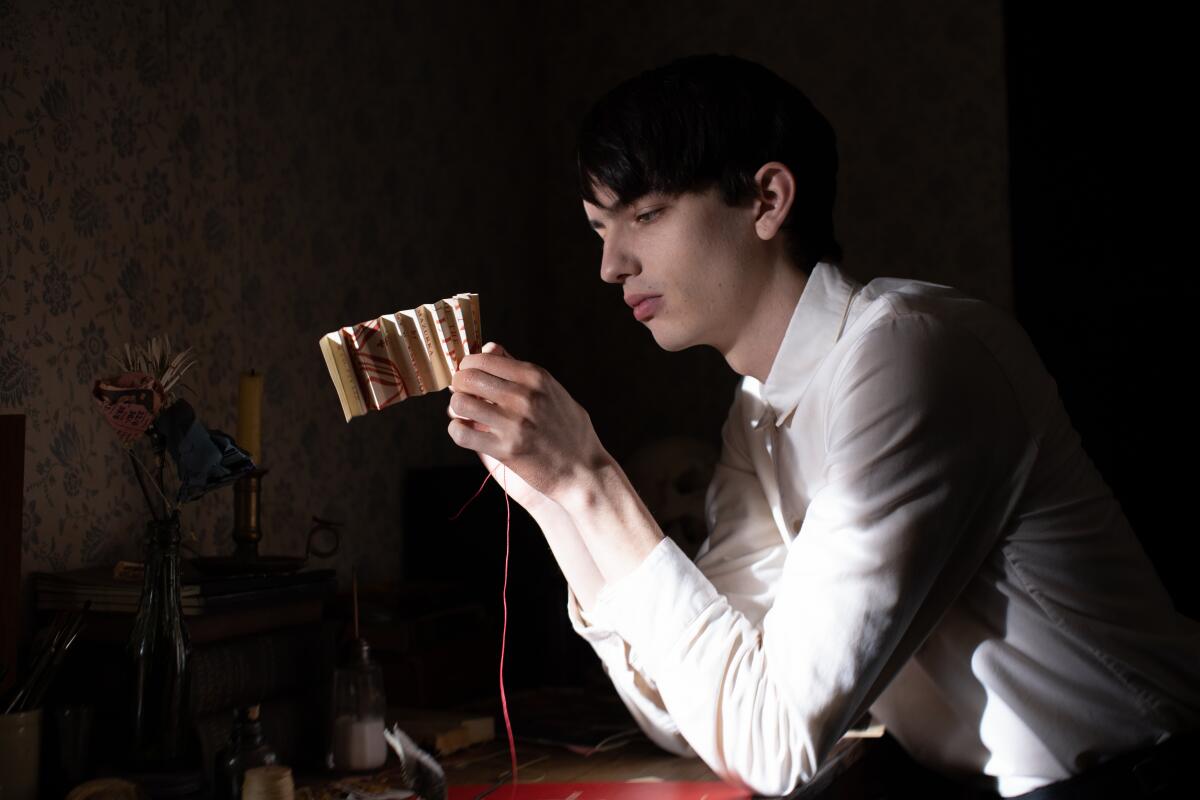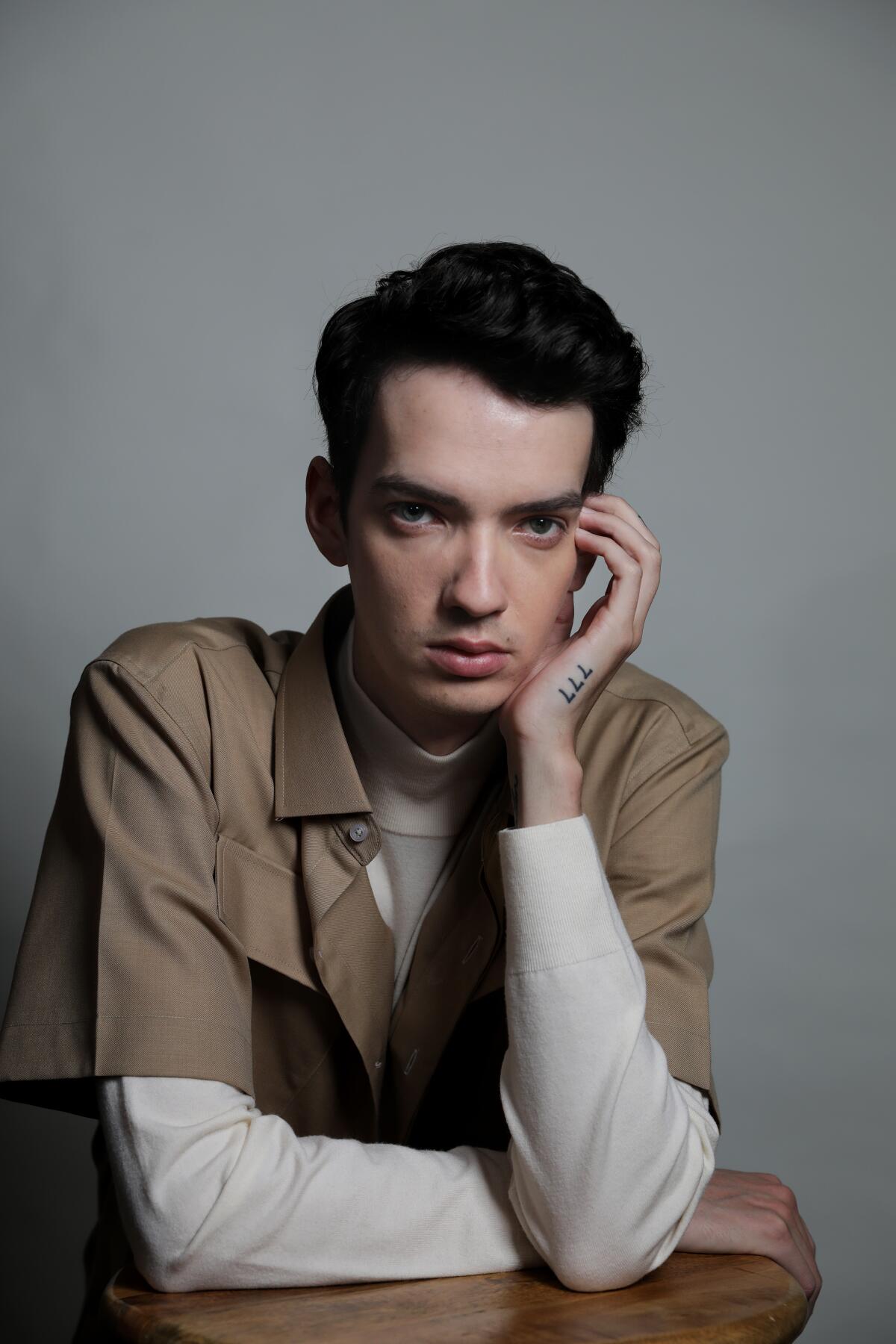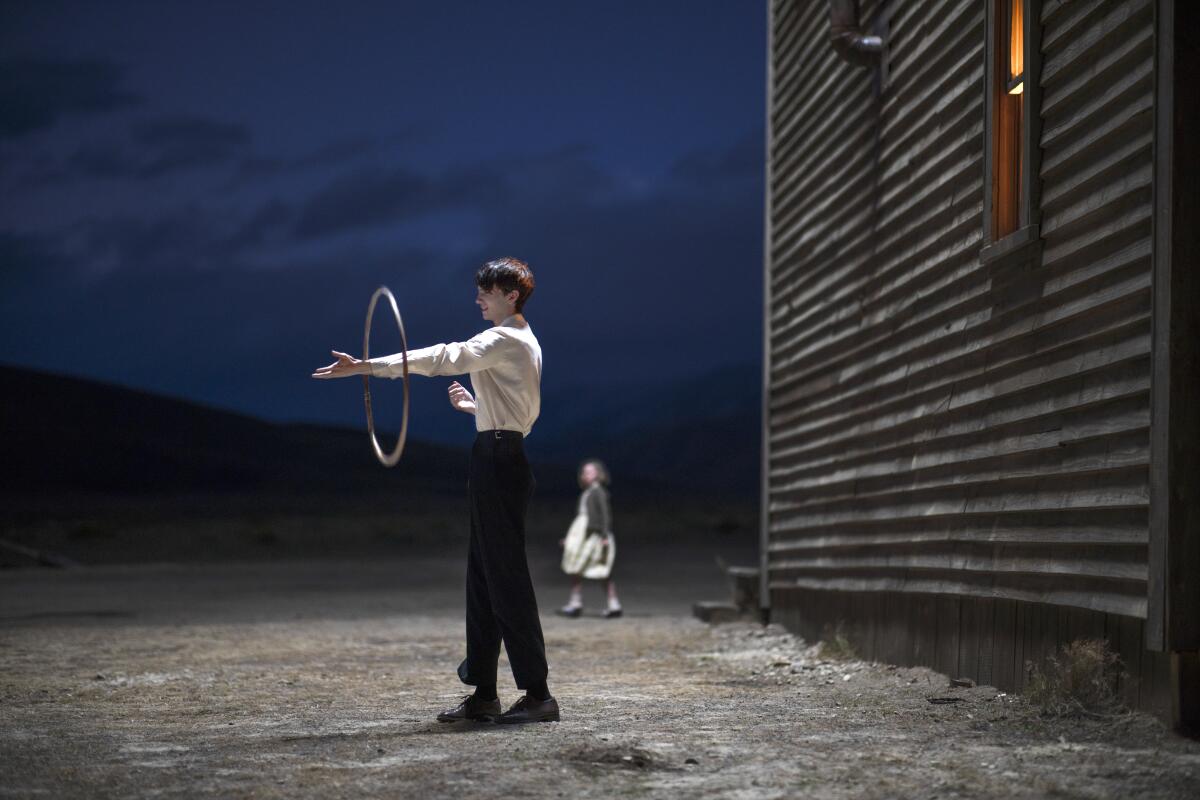Kodi Smit-McPhee is ‘grateful’ for not fitting in

“The Power of the Dog,” Jane Campion’s transfixing Montana-set western, is a film about masculinity as performance, with two central figures who enact very different responses to deep-seated trauma.
As the effeminate, rangy Peter, 25-year-old Kodi Smit-McPhee taps into a rich vein of mystery. Introduced as a curious pushover, he slowly reveals poise as he maneuvers to protect his fragile, alcoholic mother (Kirsten Dunst) from his stepfather’s malevolent brother, played by Benedict Cumberbatch.
Speaking from the passenger seat of his car in Melbourne, Australia, McPhee explained how his collaboration with Campion revealed Peter as a “proud, courageous, beautiful character.”
What was your first exposure to Jane Campion’s films, and what made you want to work with her?
She’s like a household name here in Australia. My first exposure to her work was “The Piano.” It’s always been a film that I’ve never been able to quite put my finger on. I didn’t know how to express how I felt after watching it. And I was relieved that when I spoke to other people, that’s how they feel too. I think there’s a similar experiential, sensory takeaway from “Power of the Dog.” There’s a feeling of intimacy and warmth as much as there is this sense of impending doom and hostile nature.

No matter how much trust I put into people that I’m potentially collaborating with, I have to be sold by the material. The script of “Power of the Dog” was a really interesting read. I had a great deal of judgment about all the characters and was trying to work out where it was going to go, and then in the last act, it just completely recontextualizes itself. And I felt kind of duped.
I had to go back a few pages to make sure that what I read was correct. And I had to go right back to the beginning and experience it again with this new take. And that experience made me fall in love with it.
What was it like performing alongside Benedict Cumberbatch, who plays such a forceful and menacing character? I’ve heard he attempted to remain in character on set. Did that pose a challenge?
No, that was great. It had a positive domino effect on anyone who had scenes with him because this isn’t the type of film you necessarily want to break out of.
[It helped] Benedict too, because he’s playing something that’s so far from who he is. He’s such a loving and genuine, down-to-earth guy that loves having a laugh. And we couldn’t have any of that near us. So understandably, Jane, I think on the last day of rehearsals, asked him to take a Method approach.
When someone takes a Method approach, it’s not something you just watch. You’re immersed in their approach as well.

Jane said you didn’t have to take a Method approach, since you were already so close to the character. Can you explain that?
I mean, there are some things that I can’t talk about because they’re so personal. But specifically in Australia, toxic masculinity is something that men are raised with. And for me, the way that I’m built, the way that I talk, the things I was interested in going through school… I stood out.
I very quickly grew to be grateful for that. And there was no way that I wanted to change to fit in, because I knew that the things I was interested in were bringing me a greater depth and awareness of the world and my surroundings.
This is an incredibly physical film and a very physical performance. How did you develop this character’s sense of presence — the way he stands, the way he hula hoops?
That was a very integral part of the two weeks of rehearsal that we had with Jane. She specifically offered me a body movement specialist and a dialect coach.
With the body specialist, I really worked out his tics and worked to become a bit more limber and flowing, to really capture the essence of him in every part of the way I moved. And then the Alexander Technique stuff was about working with archetypes and animals that relate to your character.
In the beginning, it felt a little funny. But that was a beautiful part of the way Jane challenged me. And she made you kind of second-guess yourself and stand up to your ego and the defiance that it has over how you narrate your process.

The scene to me that stands out, in terms of physicality, is Peter walking through the cowboy camp. They’re shouting abuse at the character, and he just keeps moving forward. It feels like a turning point in the film.
Definitely. There were a lot of these landmark scenes in the script that I noticed Jane was very passionate about and quite specific. So yes, they were designed, they were constructed. We put a great attention to detail and a lot of thought behind them, but at the same time, you want to do those things while not dialing anything in, while not solidifying anything. So you still have a great deal of freedom to explore it on the day. It was a fine line between being specific and being free.
More to Read
From the Oscars to the Emmys.
Get the Envelope newsletter for exclusive awards season coverage, behind-the-scenes stories from the Envelope podcast and columnist Glenn Whipp’s must-read analysis.
You may occasionally receive promotional content from the Los Angeles Times.










